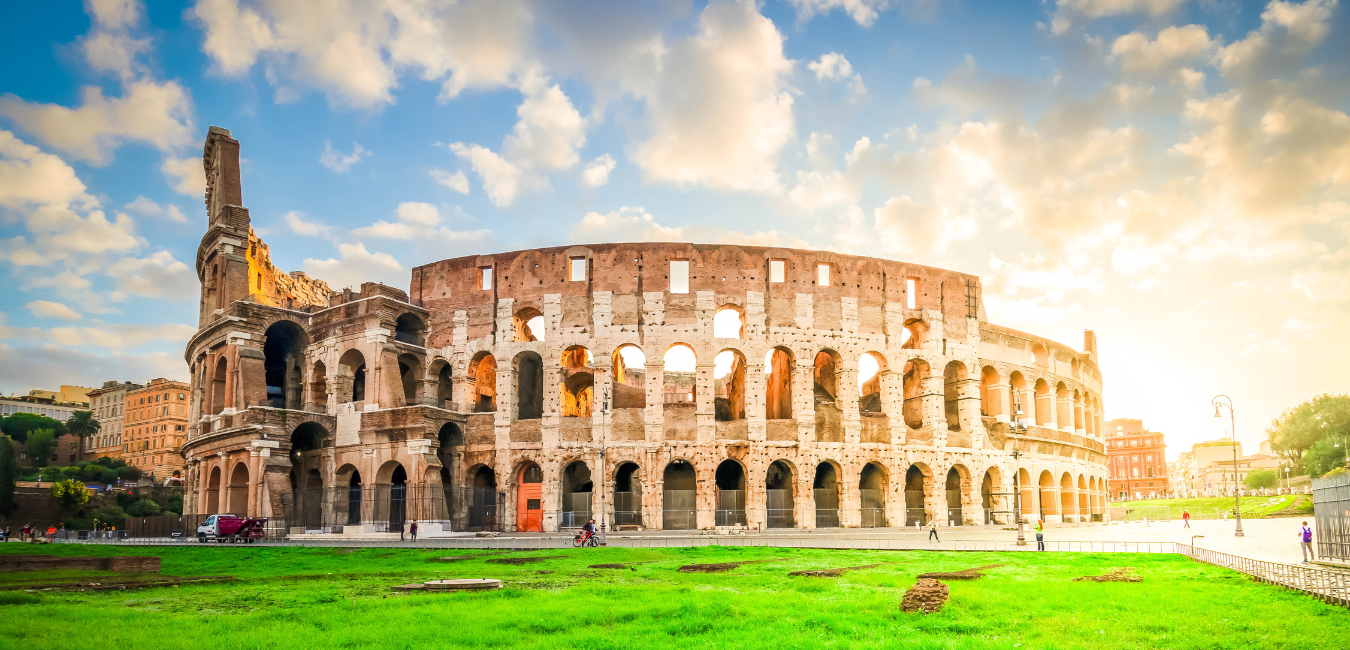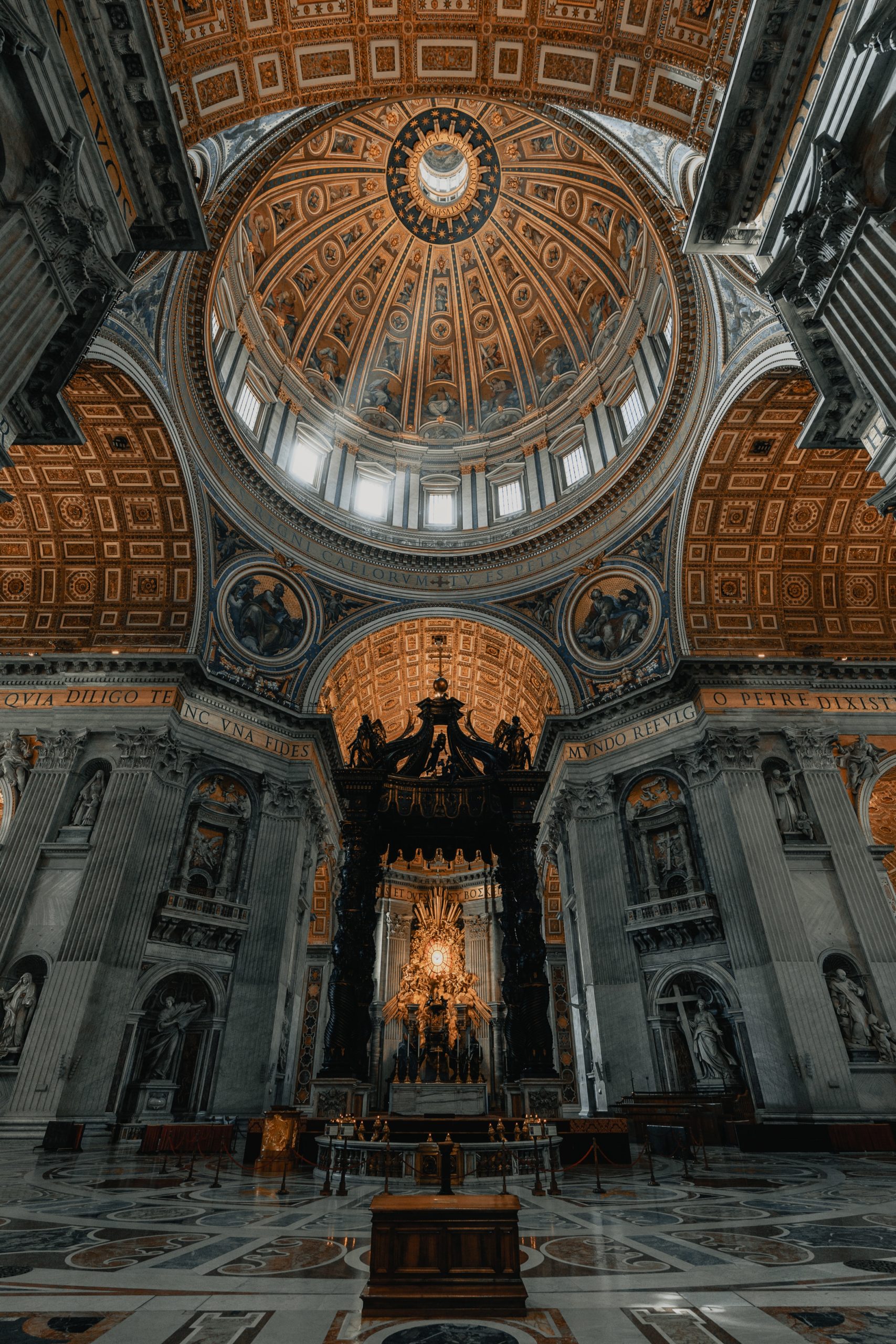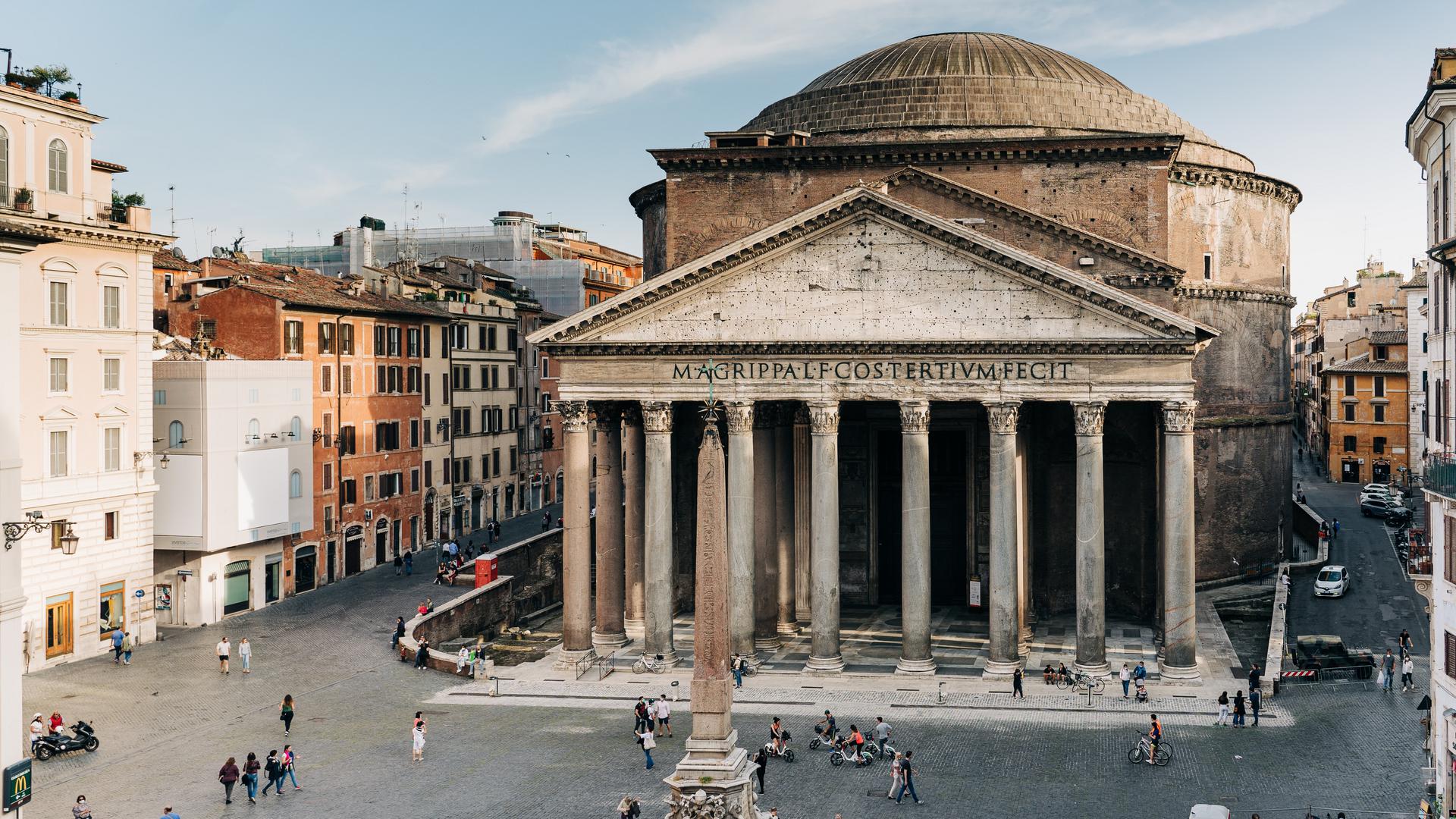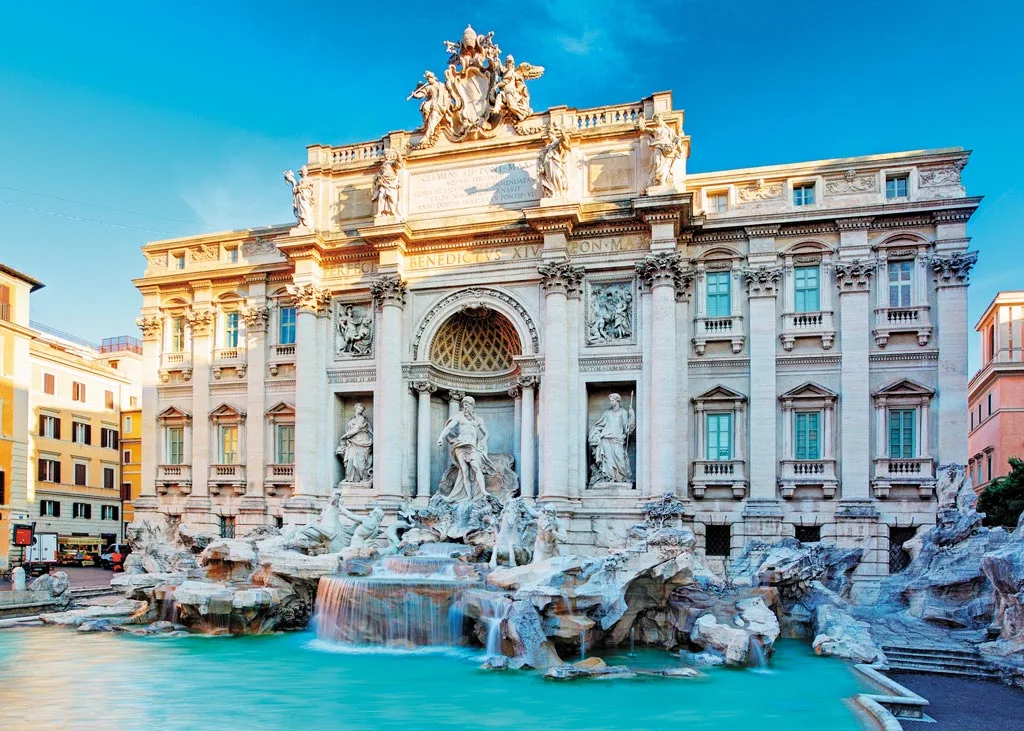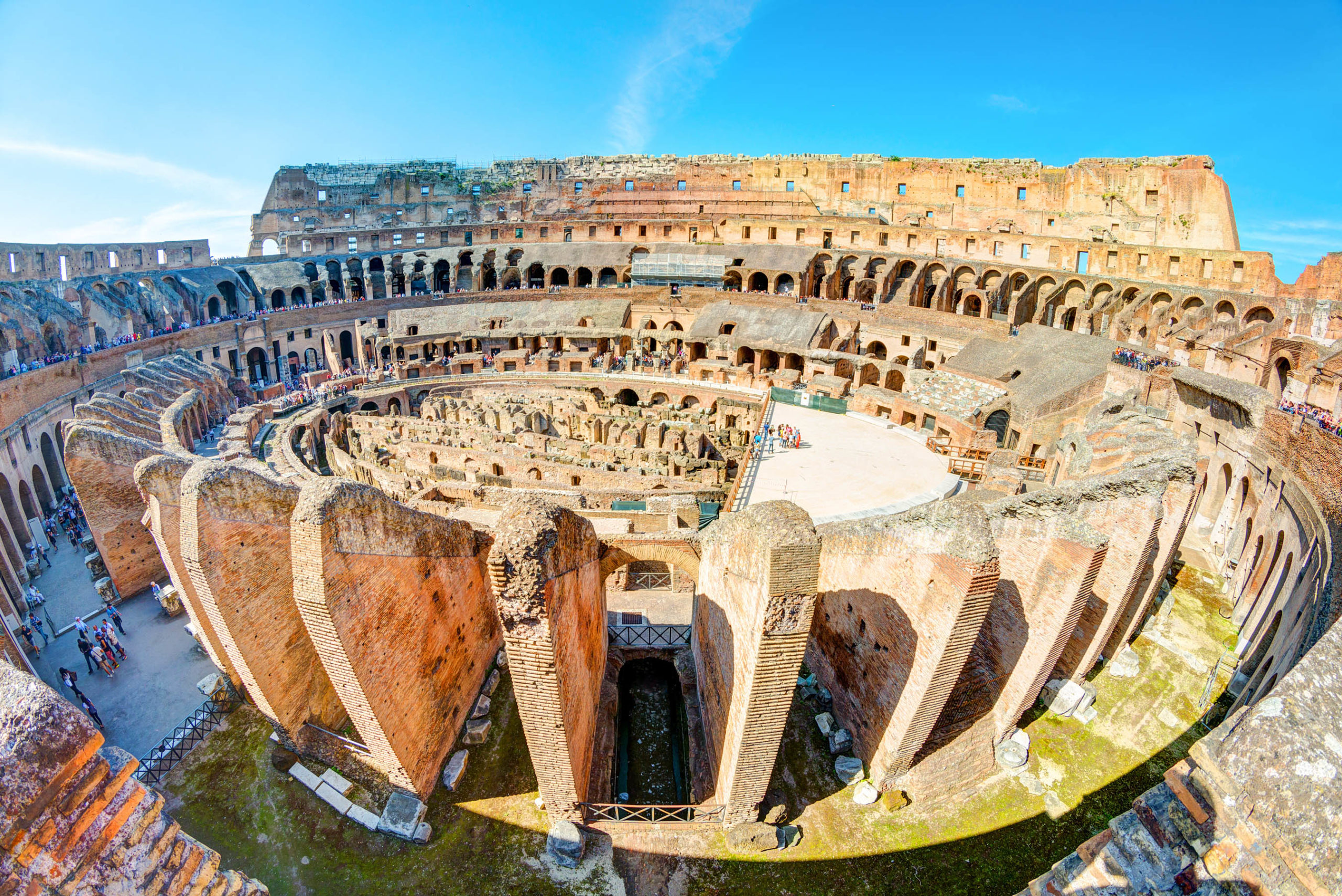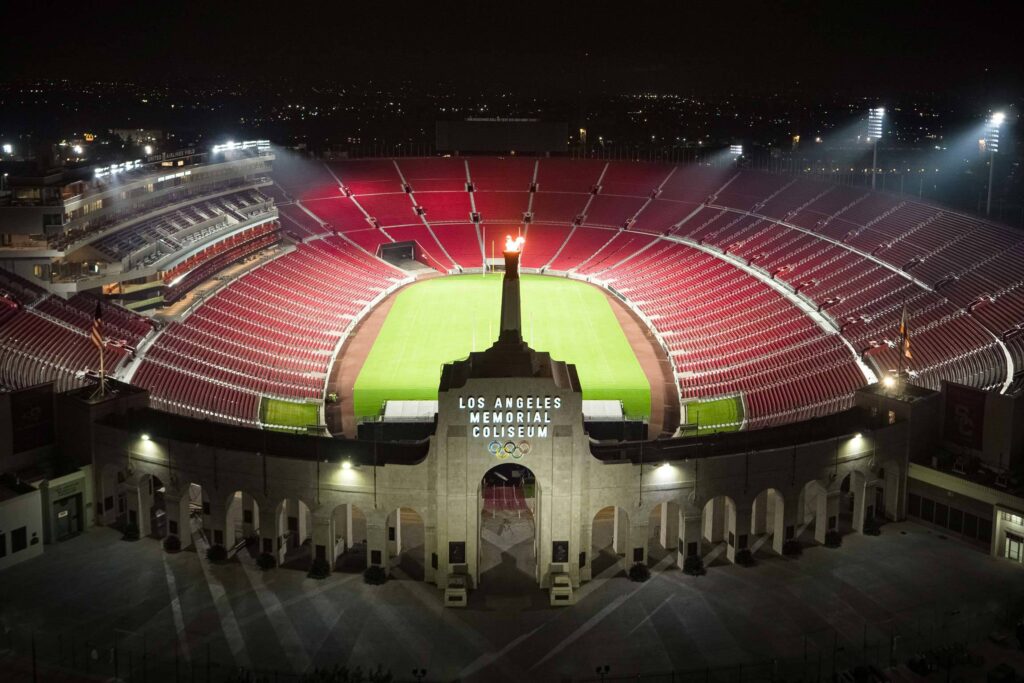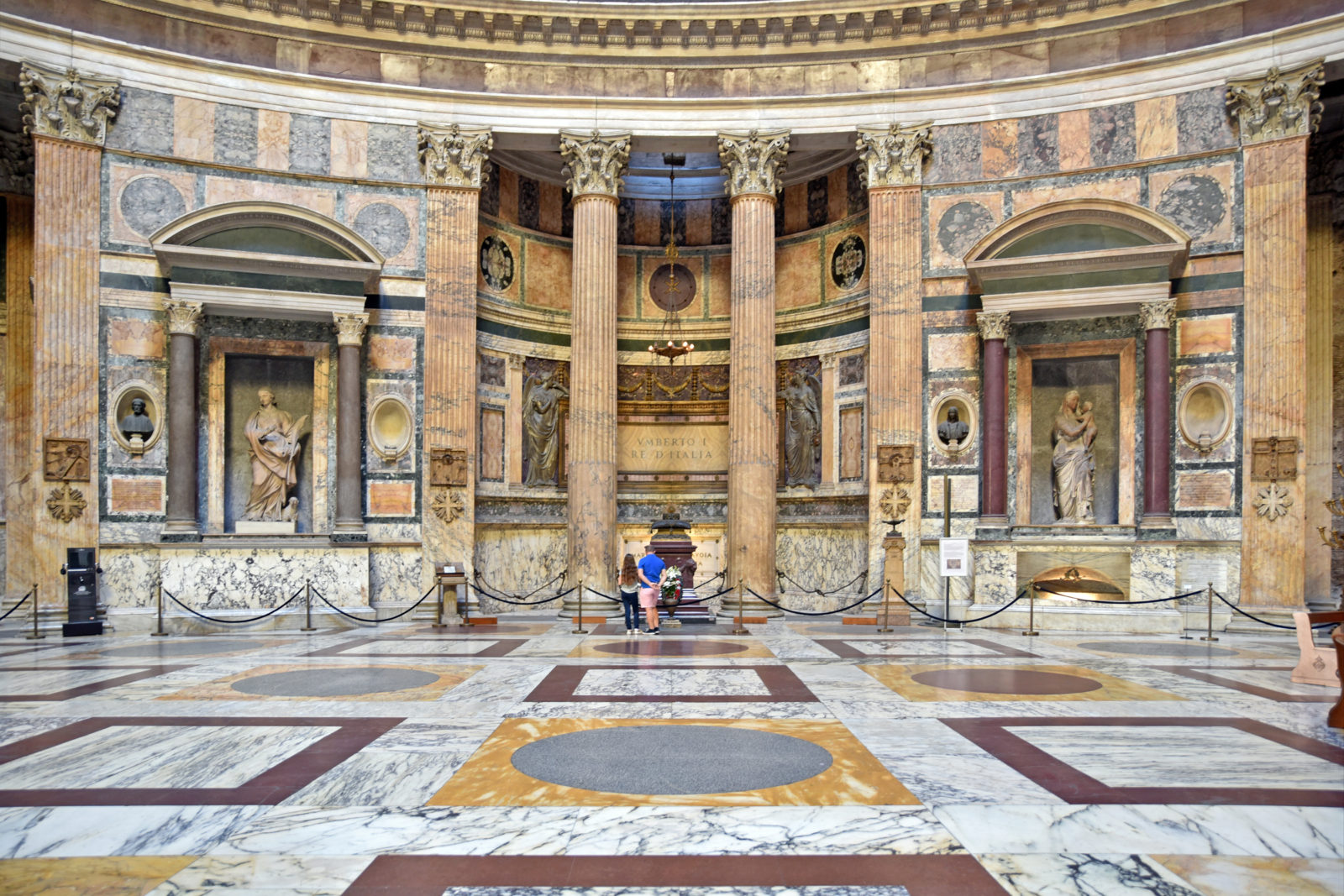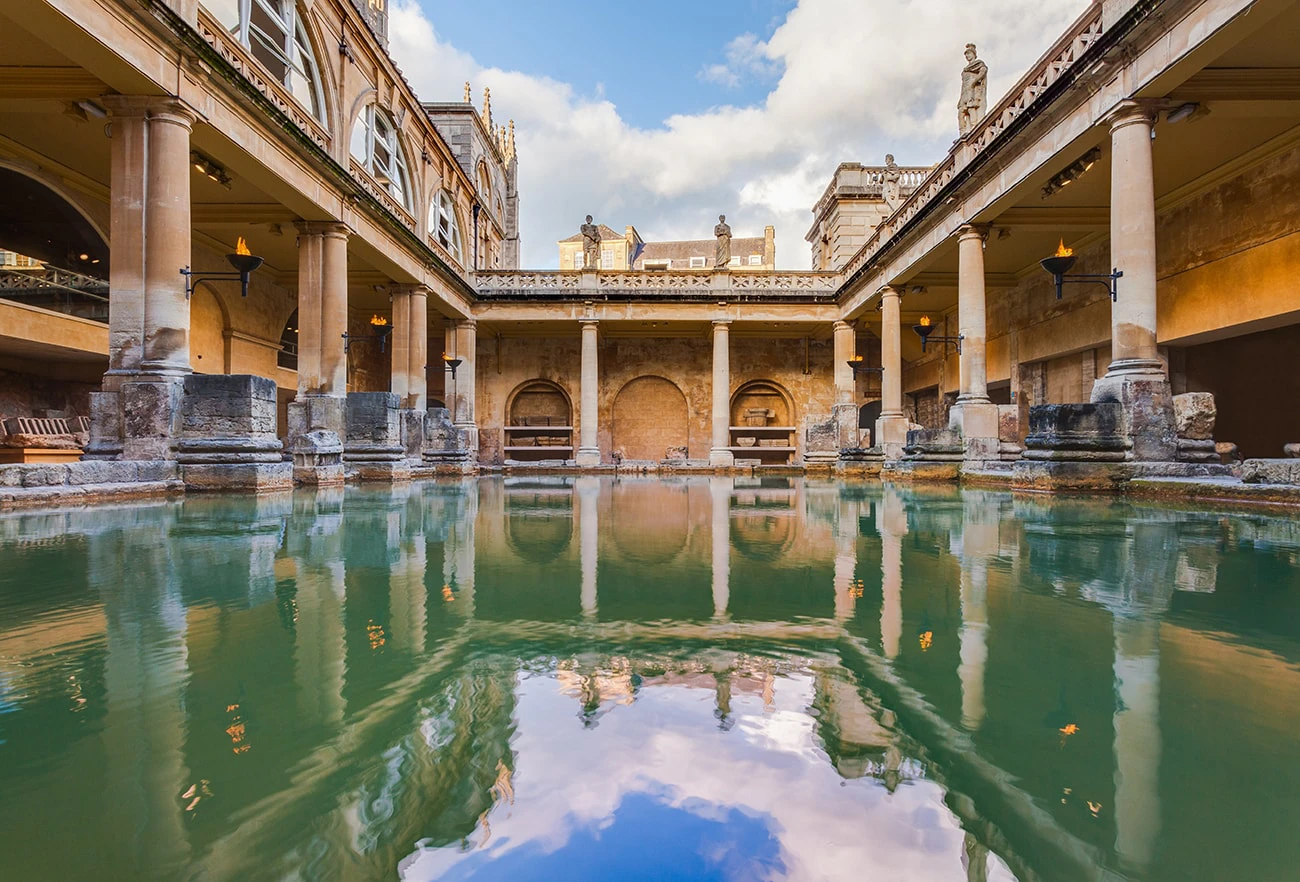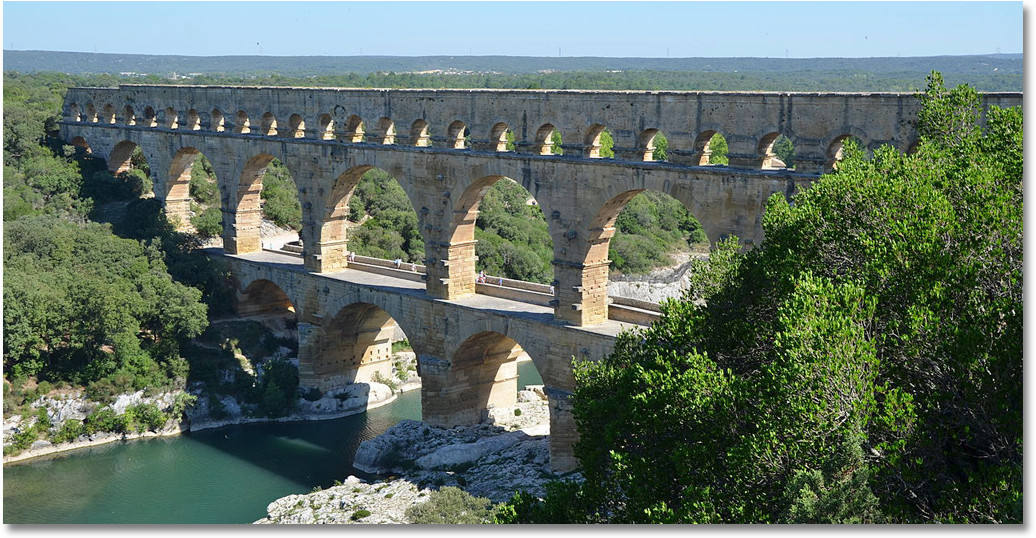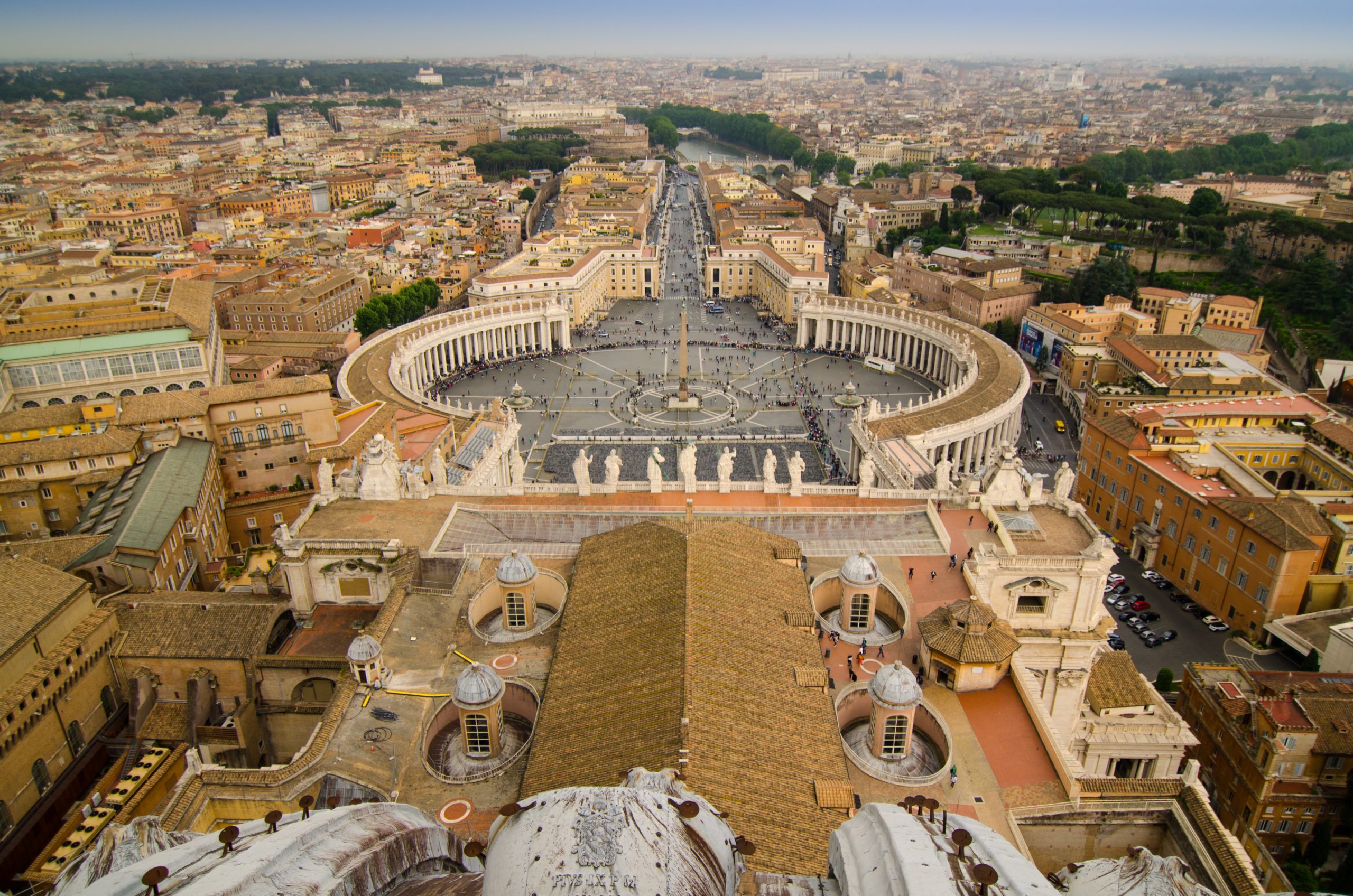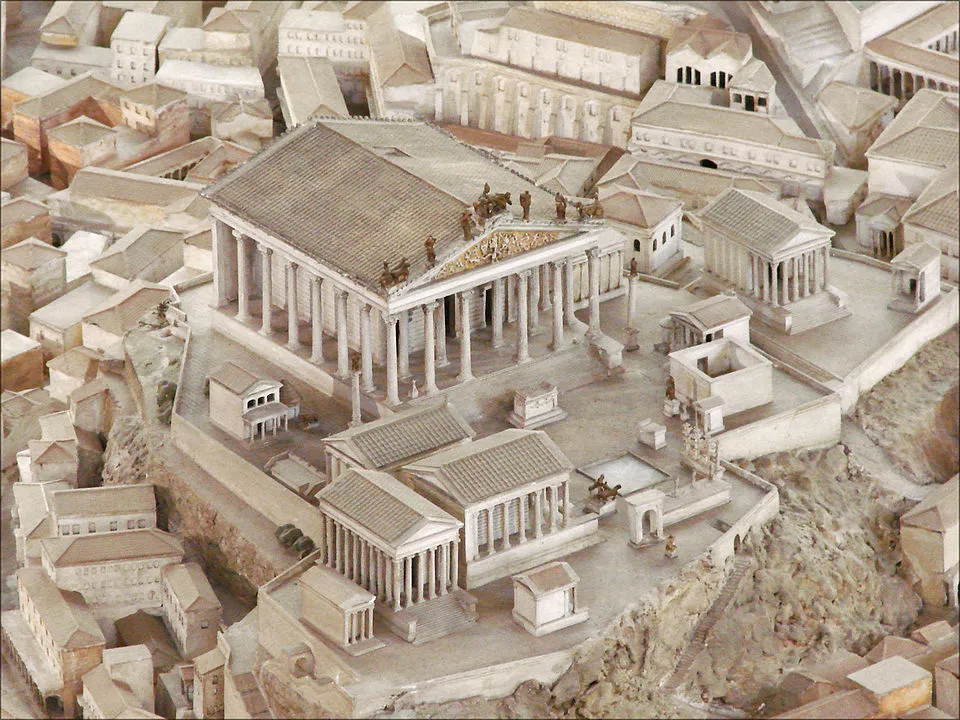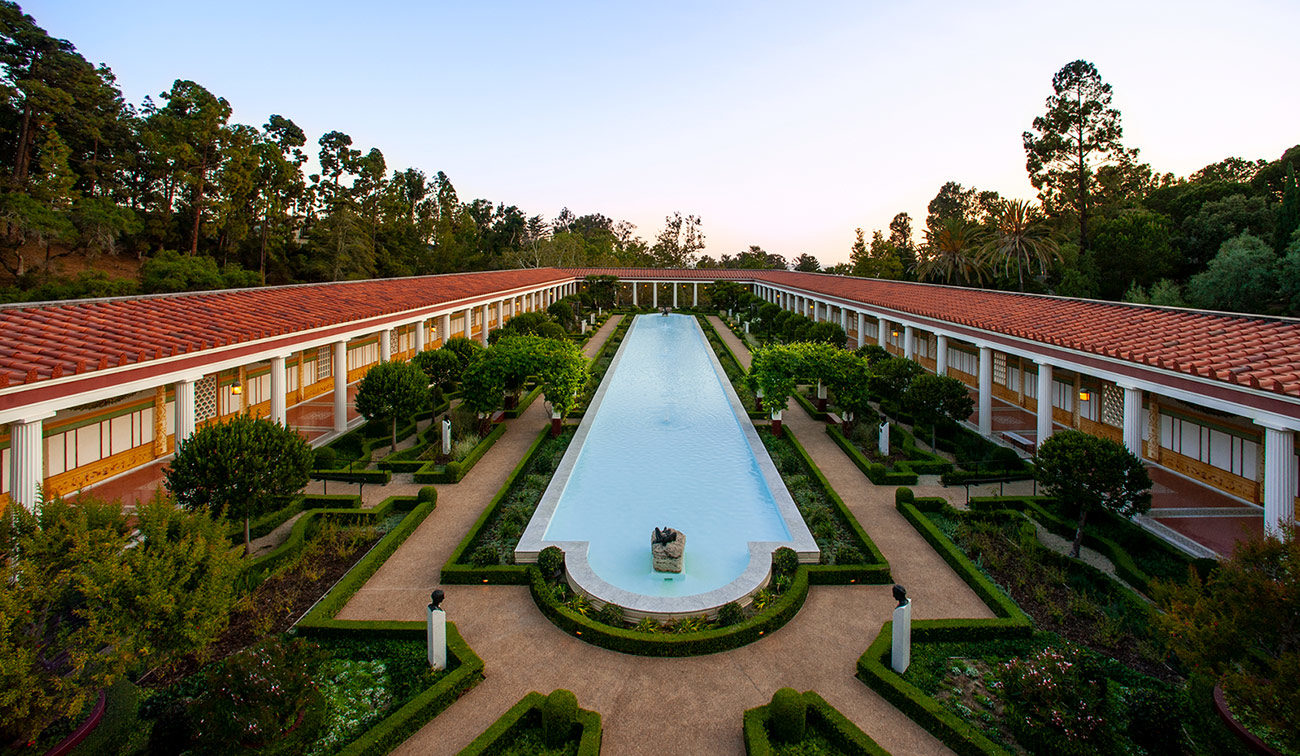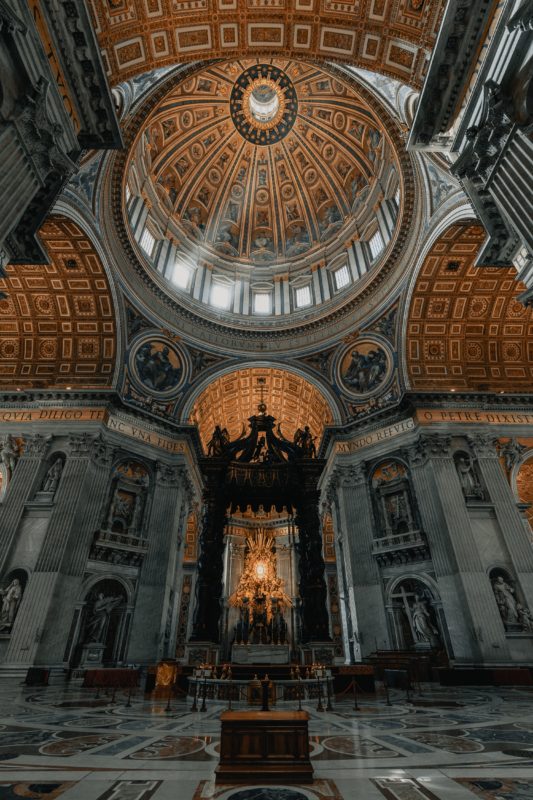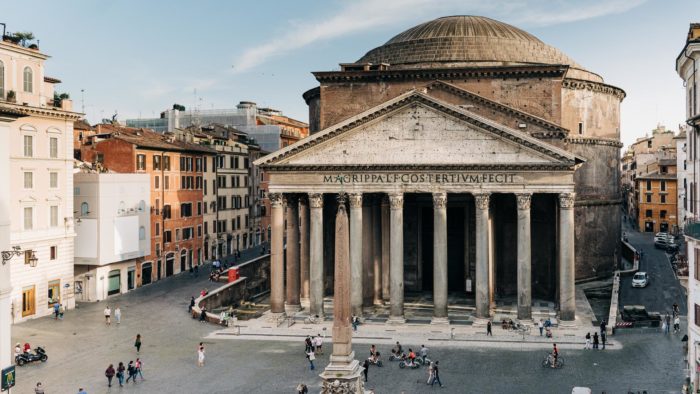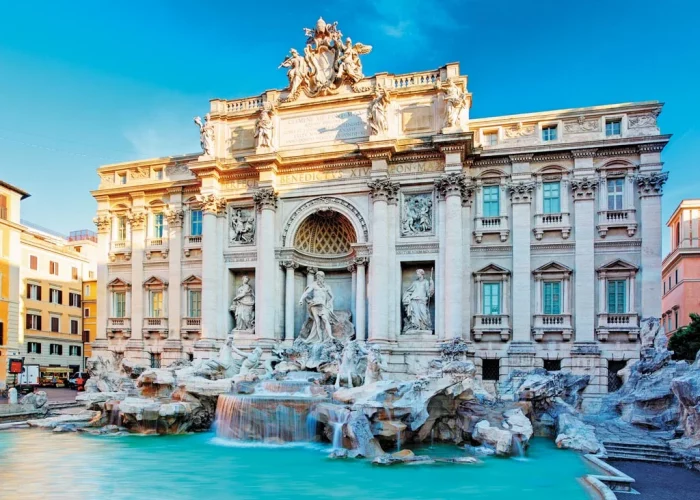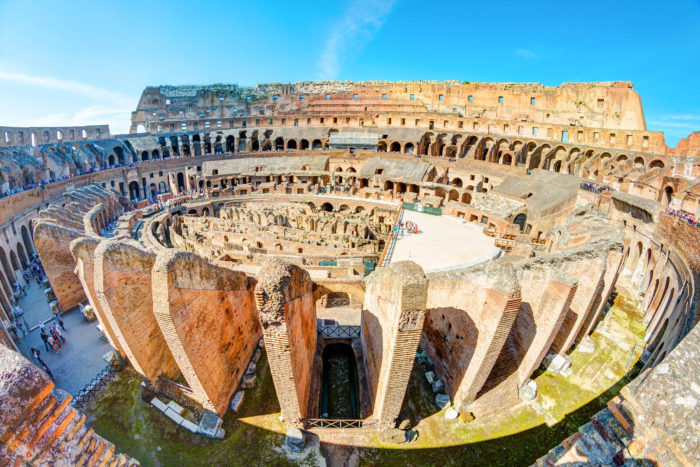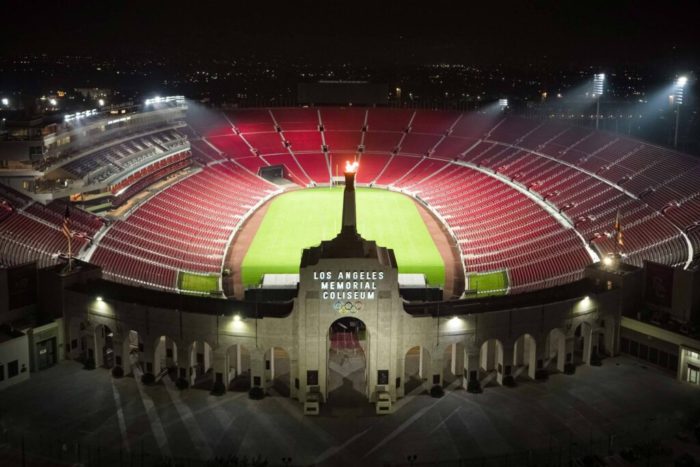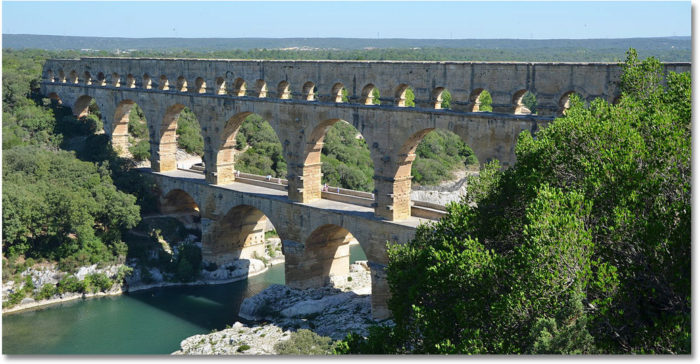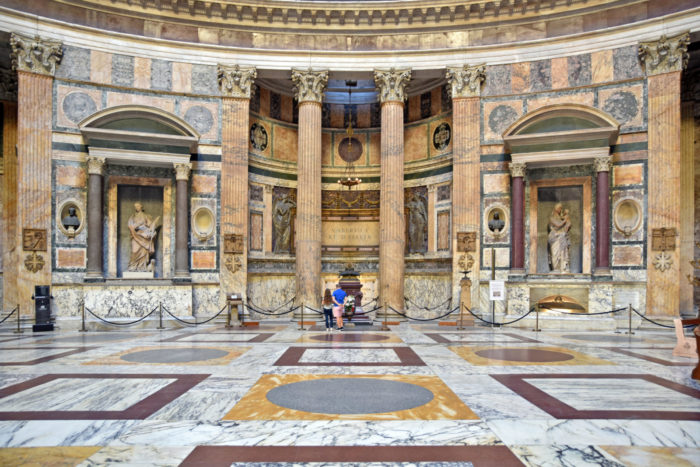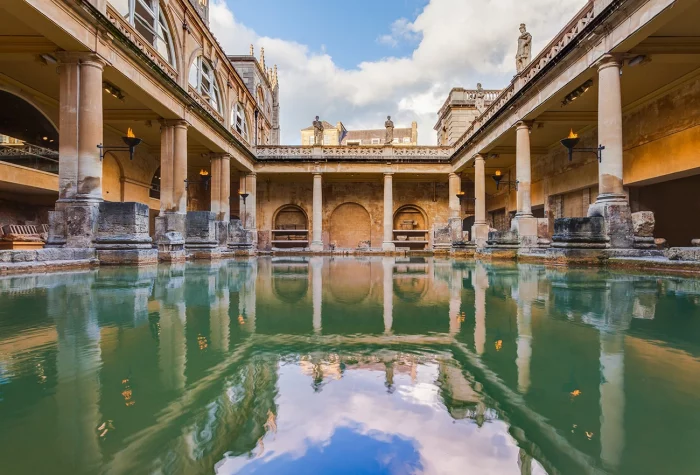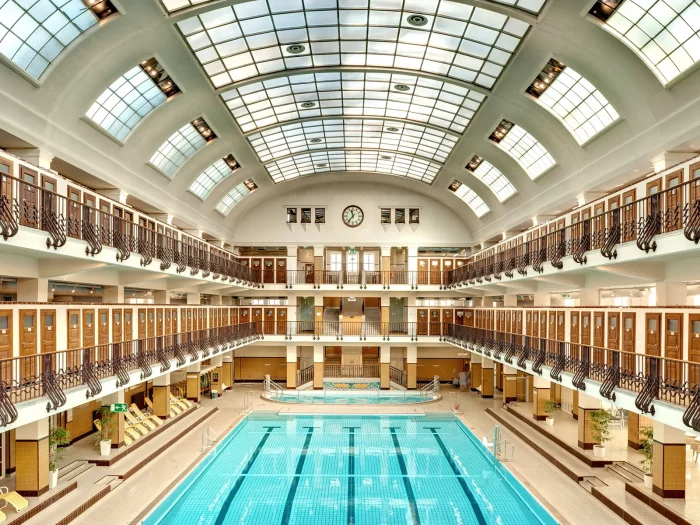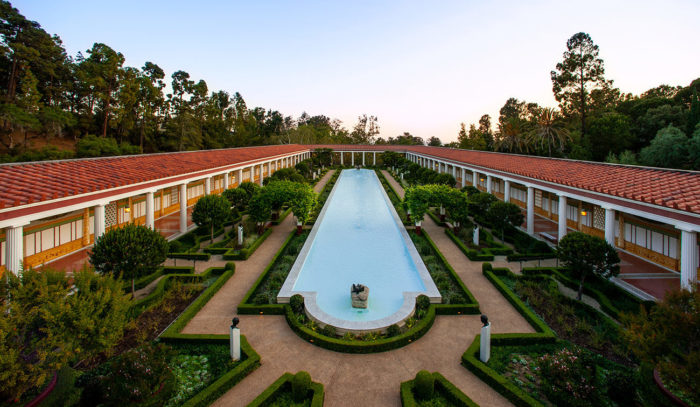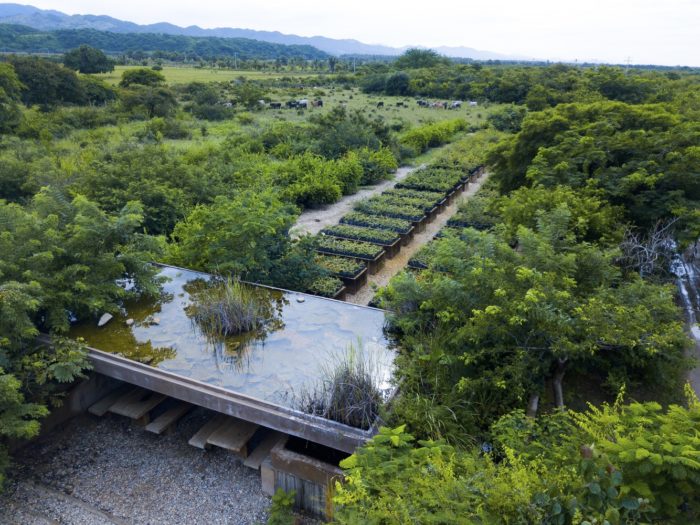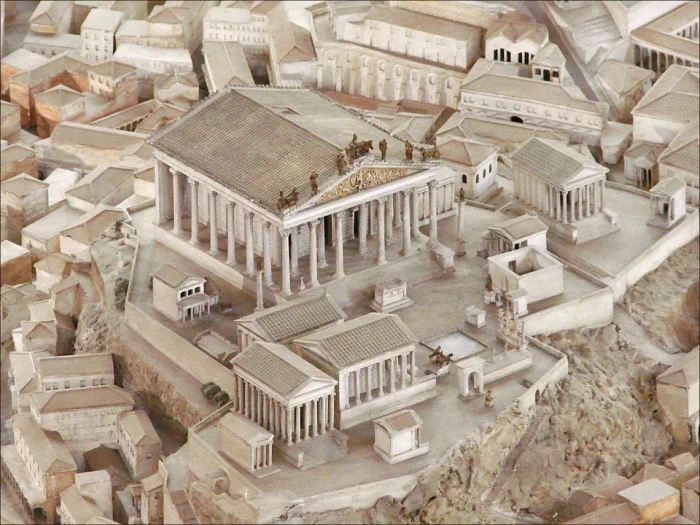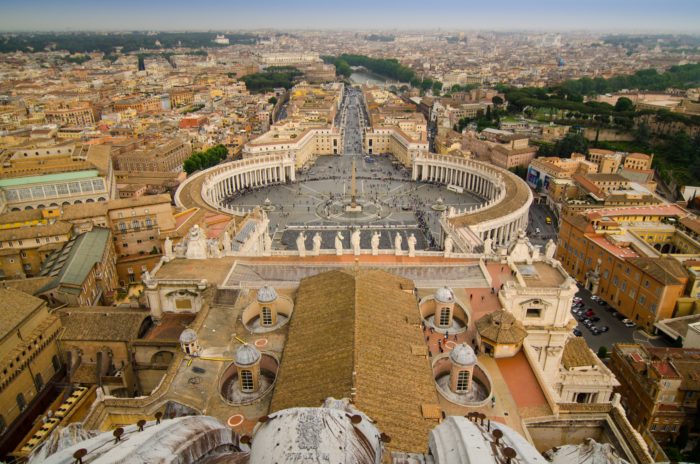In the bustling world of contemporary architecture, where cutting-edge designs constantly push the boundaries of innovation, there remains an enduring fascination with the timeless allure of Roman architecture. The ancient Romans were masterful builders, leaving behind a legacy of iconic structures that have stood the test of time and continue to captivate our imaginations to this day.
In this article, we will embark on a captivating journey that celebrates past and present harmonious marriages. We will explore how Roman architecture has gracefully intertwined with modern designs, creating spaces that exude grandeur and familiarity. From majestic domes to stately columns and awe-inspiring arches, join us as we delve into the rich tapestry of history and discover how the resplendent charms of Rome’s architectural heritage persistently infuse contemporary creations with a sense of timeless wonder.
Embracing the Timeless Allure of Roman Architecture
As we journey through the annals of history, we discover architectural marvels that have withstood the test of time, captivating hearts and minds for generations. Among these timeless wonders, Roman architecture stands tall, a testament to the ingenuity and creativity of an ancient civilization. Though centuries have passed, the enduring charms of Roman architecture continue to inspire modern designers, infusing contemporary spaces with a sense of grandeur and sophistication.
Roman Architecture – A Journey Through the Ages
The roots of Roman architecture can be traced back to the early civilization of Ancient Rome, which thrived from 753 BC to 476 AD. This architectural style began as a fusion of Etruscan, Greek, and native Italic influences, evolving over the centuries into a distinct form that symbolized the might and magnificence of the Roman Empire. The Romans were pioneers in using concrete, arches, and vaults, allowing them to create awe-inspiring structures like the Colosseum, the Pantheon, and the aqueducts that continue to stand proudly to this day.
The Allure of Roman Columns and Arches in Modern Façade
One of the most distinctive features of Roman architecture is the use of columns and arches. The Corinthian, Doric, and Ionic columns have become iconic symbols of classical beauty and strength. Today, we witness a renaissance of these majestic elements in modern façade designs. Architects and designers incorporate Roman-style columns and arches to add a touch of timeless elegance to contemporary buildings. The juxtaposition of ancient Roman aesthetics against the backdrop of sleek, modern structures creates a captivating visual narrative where past and present merge harmoniously.
Channeling the Spirit of the Colosseum in Stadium Design
The Colosseum, an engineering marvel of the ancient world, once hosted spectacular gladiatorial contests and grand public spectacles. Today, modern stadium design echoes the spirit of this iconic amphitheater. From the oval-shaped seating arrangement to the clever use of arches and concrete, stadiums like the Los Angeles Memorial Coliseum pay homage to the grandeur of the Colosseum while accommodating contemporary sporting events and entertainment.
Roman Aqueducts’ Influence on Modern Engineering
Roman aqueducts, a triumph of ancient engineering, were crucial in supplying water to the cities of the Roman Empire. These gravity-driven systems showcased the brilliance of Roman architects and engineers. Today, modern engineering draws inspiration from these ancient waterways, with aqueduct-inspired designs for bridges and elevated highways. The arched structures of Roman aqueducts find their way into contemporary engineering, providing both functional support and a nod to the enduring ingenuity of Roman architecture.
Roman-Inspired Interior Design – Where Classic Meets Contemporary
Beyond exteriors, Roman architecture continues to influence interior design, where classic elements blend seamlessly with modern sensibilities. The use of decorative molding, frescoes, and mosaics reminiscent of Roman aesthetics brings a touch of luxury and historical richness to contemporary spaces. Additionally, the incorporation of indoor courtyards, inspired by Roman atriums, allows natural light to flood modern interiors, creating a tranquil and inviting atmosphere.
Reviving the Roman Bathhouses – Modern Spas and Wellness Centers
The Romans pioneered communal bathing, and their bathhouses were architectural wonders designed for relaxation and rejuvenation. Modern designers draw inspiration from these ancient bathhouses to create luxurious spas and wellness centers. The opulent use of marble, intricate tilework, and the incorporation of water features echoes the indulgence and tranquility of Roman baths, offering visitors a chance to experience the past while unwinding in the present.
Roman Gardens – Where Nature and Architecture Converge
The Romans profoundly appreciated nature, as reflected in their beautifully landscaped gardens. Roman gardens were designed to be aesthetically pleasing and functional, incorporating elements like fountains, statuary, and meticulously planned flora. Today, landscape architects take inspiration from Roman garden design to create enchanting outdoor spaces that seamlessly merge with architectural structures. The result is a harmonious coexistence between nature and the built environment, reminiscent of the Roman ideal of balance and beauty.
Learning from the Past: Roman Architecture in Modern Education
The legacy of Roman architecture extends beyond design and aesthetics; it plays a vital role in architectural education. Architecture students study the principles and techniques employed by ancient Roman architects, learning valuable lessons in structural integrity, spatial planning, and creative problem-solving. By analyzing and understanding the genius of Roman architecture, future designers are equipped with a timeless foundation to create innovative, sustainable, and inspiring structures for generations to come.
Preserving the Past – Conservation, and Restoration of Roman Architectural Heritage
As the allure of Roman architecture continues to captivate the world, it becomes imperative to protect and preserve the remnants of this ancient heritage. Conservation efforts are undertaken to safeguard iconic structures like the Colosseum and the Pantheon, ensuring they remain accessible to future generations. Additionally, innovative restoration projects seek to revive ancient sites, allowing people to experience the magnificence of Roman architecture in its original splendor.
The Eternal Charm of Roman Architecture in Modernity: Final Thoughts
Roman architecture is an enduring beacon in the ever-changing architectural design landscape, guiding and inspiring modern designers. From the majestic arches to the grand columns and innovative engineering feats, the allure of Roman aesthetics persists, weaving together the past and present in a mesmerizing design tapestry. As we continue to draw from the wisdom of ancient Roman architects, we celebrate the timeless beauty and legacy of a civilization that continues to shape and enrich our contemporary world.
